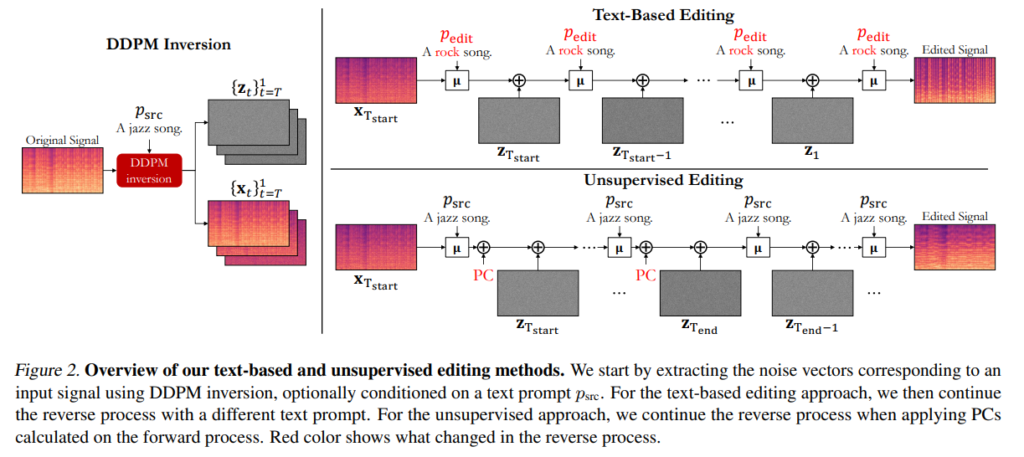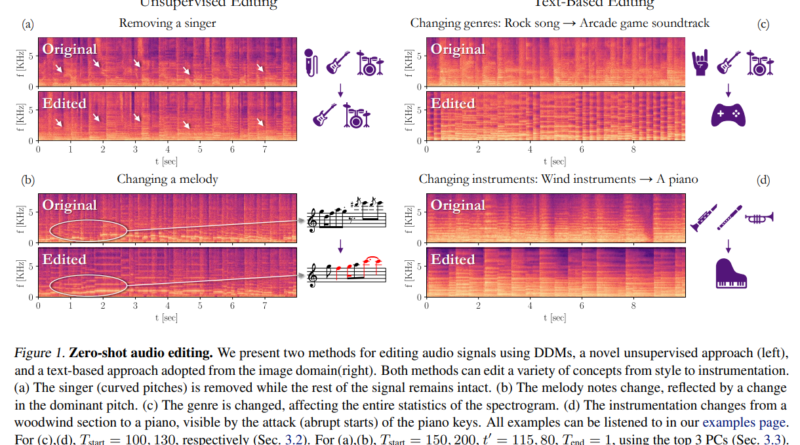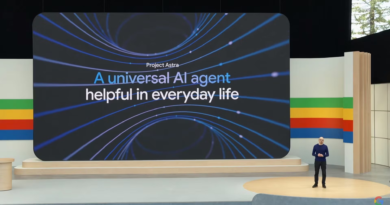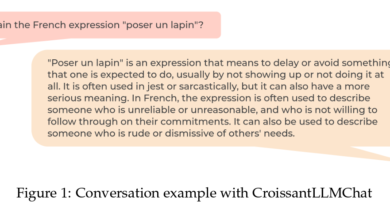Technion Researchers Revolutionize Audio Editing: Unleashing Creativity with Zero-Shot Techniques and Pre-trained Models
Advancements in technology have revolutionized various aspects of our lives, and creative media generation is no exception. From images to videos, the use of cutting-edge techniques and pre-trained models has opened up new possibilities for content creation. Now, researchers from the Technion–Israel Institute of Technology have extended these capabilities to the realm of audio editing, introducing zero-shot techniques and leveraging pre-trained diffusion models to unleash creativity like never before.
The Power of Zero-Shot Editing
Traditional audio editing techniques often require direct training on specific tasks, making the process time-consuming and resource-intensive. However, zero-shot editing techniques take a different approach. Instead of training models from scratch, these techniques allow users to manipulate audio signals without the need for direct training on the desired task.
The Technion researchers have developed two distinct approaches for zero-shot audio editing: a text-based method and an unsupervised method. These approaches enable users to modify audio signals in innovative ways, expanding the creative possibilities for audio editors.
Text-Based Editing
Taking inspiration from successful applications in image editing, the researchers have introduced a text-based technique for audio editing. This approach allows users to manipulate audio signals through natural language descriptions. By providing text prompts, users can modify various aspects of the audio, such as changing the musical genre or altering specific instruments within an arrangement.
The text-based technique utilizes Denoising Diffusion Probabilistic Models (DDPMs) to extract latent noise vectors corresponding to a source audio signal. These vectors are then used in a DDPM sampling process, where the diffusion trajectory is altered based on the changes described in the text prompt. This allows for precise modifications while preserving the original signal’s perceptual quality and semantic essence.
Unsupervised Editing
In addition to the text-based method, the Technion researchers have developed an unsupervised method for audio editing. This technique identifies semantically meaningful directions for editing without relying on textual descriptions. By perturbing the denoiser’s output along the principal components of the posterior, the unsupervised method enables a variety of controllable semantic modifications.
The unsupervised technique is particularly adept at uncovering musically interesting modifications. It can adjust the prominence of certain instruments or create improvisations on the melody, expanding the creative possibilities available to audio editors.
Leveraging Pre-Trained Diffusion Models
At the heart of these zero-shot editing techniques is the use of pre-trained diffusion models. Diffusion models, such as Denoising Diffusion Probabilistic Models (DDPMs), are powerful tools for audio editing. They allow for the extraction of latent noise vectors from audio signals, which can then be manipulated to achieve desired modifications.

By leveraging pre-trained diffusion models, the Technion researchers have unlocked new avenues for creative expression in audio editing. These models provide a foundation of knowledge and understanding that can be applied to various editing tasks, making the process more intuitive and accessible for professionals and enthusiasts alike.
The Implications of Technion’s Research
The research conducted by the Technion researchers holds significant implications for the field of audio editing. By introducing zero-shot techniques and leveraging pre-trained diffusion models, they have revolutionized the way audio is manipulated and enhanced. These techniques enable users to unleash their creativity without the need for extensive training or specialized knowledge.
The potential applications of this research are vast. Audio editors can now explore new genres, experiment with instrumentations, and create unique variations of existing audio content. The intuitive nature of these techniques also opens up possibilities for collaboration, as users can easily communicate their desired modifications through natural language prompts.
Moreover, the accessibility of these techniques allows professionals and enthusiasts from various backgrounds to engage in audio editing. The democratization of creative tools and techniques encourages innovation and diversity within the field, leading to a more vibrant and dynamic audio editing community.
Conclusion
Technion researchers have made significant strides in audio editing by introducing zero-shot techniques and leveraging pre-trained diffusion models. These techniques allow for intuitive and accessible manipulation of audio signals, expanding the creative possibilities for professionals and enthusiasts alike. The text-based and unsupervised editing methods offer precise control over various aspects of audio, making it easier than ever to unleash creativity in the auditory landscape.
As technology continues to advance, we can expect further innovations in audio editing and creative media generation. The field is ripe with opportunities for exploration and experimentation, and researchers like those from Technion are at the forefront of this revolution. The future of audio editing is both exciting and promising, with the potential to transform the way we perceive and interact with sound.
Check out the Paper. All credit for this research goes to the researchers of this project. Also, don’t forget to follow us on LinkedIn. Do join our active AI community on Discord.
If you like our work, you will love our Newsletter 📰






